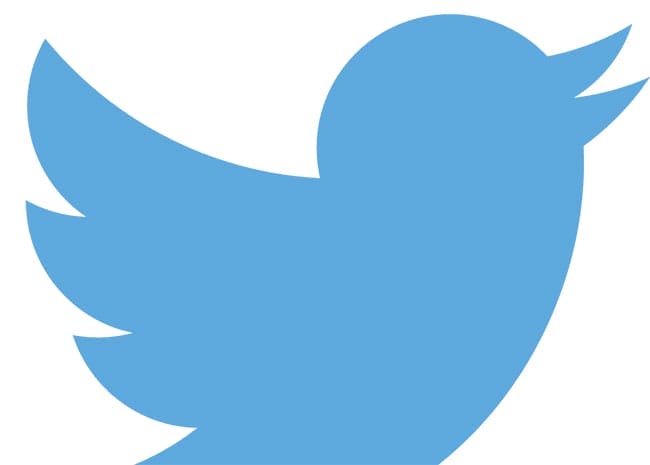Twitter recently announced that access to its firehose data, which delivers thousands of tweets per second, would only be permitted through the company itself. Twitter’s decision isn’t a complete surprise. Rather, it is part of the evolution of the social media platform as it seeks to make the most from the data that consumers produce by using the platform. A few years ago, Twitter began to restrict access to its firehose data when it cut off access to PeopleBrowsr, a tech company that builds social networks for other organizations, requiring that those who wanted access to the data purchase it through a certified reseller. One of the resellers, Topsy, was acquired by Apple in 2013. Twitter acquired the reseller Gnip in 2014. The remaining reseller, DataSift, is most affected by Twitter’s decision—at least in the short term.
Twitter is not alone in changing the way it operates. Facebook has enacted changes over the years. Brands were dismayed by changes to its news feed that made it more difficult for them to reach their fans. While fans may navigate toward brands’ pages on their own, if brands want to reach fans and steer them to a Facebook page to see the latest content the brand has posted, a brand’s best bet will be to advertise on Facebook.
For businesses that have come to rely on Facebook, Twitter and other social media platforms, this is part of the risk that the businesses and the brands are taking on. Social media platforms are serving two masters: the consumers and the organizations that use the platforms. While consumers may see it as a means of communication, organizations have broader uses for the platforms. Companies may view the platforms as a means of reaching constituents. Companies may also view platforms for the insights gleaned about customers.
What about the platforms themselves? They require both sets of customers, the end users and the companies or brands, to be successful. Consumers provide the content on the platform in which other consumers are interested. It’s this content that is ultimately of use to advertisers. The more that is known about consumers on the platform, the more effective a job advertisers can do in terms of targeting their messages and the more the platforms can charge advertisers. Want to identify consumers with a particular political leaning? While we can look at the location, demographic information and the other users to whom these potential ad targets are connected, the content may also reveal whether they are Democrat, Republican or Independent. The same data could be used to identify brand loyalists or new product enthusiasts.
The decision to restrict firehose access raises the question: What’s next for those who rely on Twitter’s platform? As Twitter seeks to make the most of its data, the social media platform may bring other capabilities in-house. Rather than providing Twitter customers with raw data, why not provide them with insights on which they can make business decisions? Firehouse data can be used to identify “influencers,” segment customers and refine communication strategies. Delving into what consumers share online reveals how people perceive competing brands. While brands may see the opportunity to find and communicate with their loyal consumers, what do their competitors see? Competing brands can see what you’re doing well to win over consumers.
These marketing capabilities require more than just raw data. While it may not be worthwhile for social media platforms to acquire the analytics talent necessary to undertake all the possibilities for mining the data, it would be naïve to think they will not explore those areas where clients are expressing interest. For businesses that rely on social media data for marketing purposes, the potential for the platform to change the rules governing access to the data presents a big liability. From the recent shifts we’ve seen the platforms make, it’s clear that there are no free lunches.


























